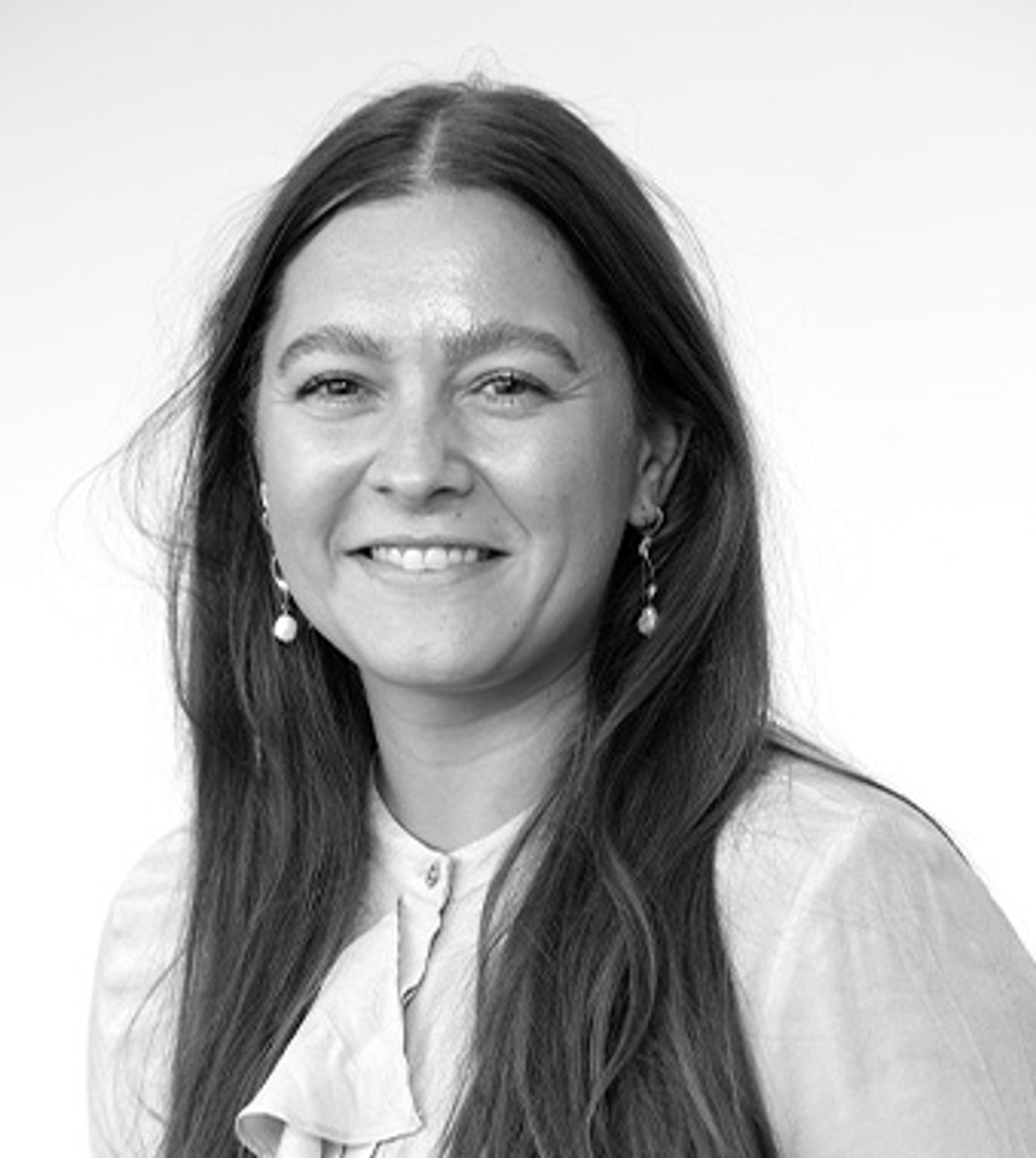RenByLand

Facts
Project period
Total budget
2,100,000 kr.About the project
Challenge
The vision of the RenByLand project is to establish a combination of technologies that collectively manage and create value from local waste and residual biomass on the island of Mors. RenByLand is a demonstration project in circular bioeconomy. The project is technologically centered around a drying technology based on superheated steam, which offers significant energy and economic advantages compared to traditional drying technologies using hot air. This is achieved by enabling 85% of the energy used to be reused for process or district heating.
Solution
The RenByLand project consists of three phases, with the CO2Vision project serving as the final phase.
The dried biomass, depending on its type and quality, can be used as biofuel for heat production, for producing animal feed (e.g., grass pellets or grass protein), or for pyrolysis to generate gas, oil, and biochar.
The pyrolysis technology forms the final step in a cascade utilization process, where the product is either used for energy or recycled back into agriculture. Within this value chain, the combined drying and pyrolysis technology in RenByLand must be capable of processing various types of biomass into a uniform biochar product that meets the expected quality standards for CO2 storage on agricultural land.
The purpose of the mini lighthouse project is to conduct a feasibility study to evaluate the technological viability of the vision and circular bioeconomy by leveraging sector coupling and synergies within the overall RenByLand project.
The RenByLand project's vision is to establish an integrated drying and pyrolysis plant that can process a combination of various waste and residual biomass types, including sludge from wastewater treatment plants, organic household waste, manure fibers from biogas plants, and more. The process will generate surplus heat from drying, as well as oil, gas, and biochar from pyrolysis. A scrubber will be installed to extract ammonium sulfate from the drying water, which can, for example, be used to enhance the fertilizer value of biochar before it is applied to agricultural land.
Impact
In addition to CO2 storage, the project contributes to emission reductions in the energy and agricultural sectors, including:
- Displacement of fossil fuels
- Reduction of methane and nitrous oxide emissions from manure
- Transition to grass production by creating a market for clover grass in feed products
Want to learn more?

Skibsbyggerivej 5, 3. sal.
9000 Aalborg
Navitas
Inge Lehmanns Gade 10
8000 Aarhus C
House of Offshore Innovation
Kanalen 1
6700 Esbjerg
Port House
Vendersgade 74
7000 Fredericia
BLOXHub
Bloxhub, Bryghusgade 8, 3. sal,
1474 København K
Energy Cluster Denmark
Nørre Havnegade 43
6400 Sønderborg
©Energy Cluster Denmark 2025